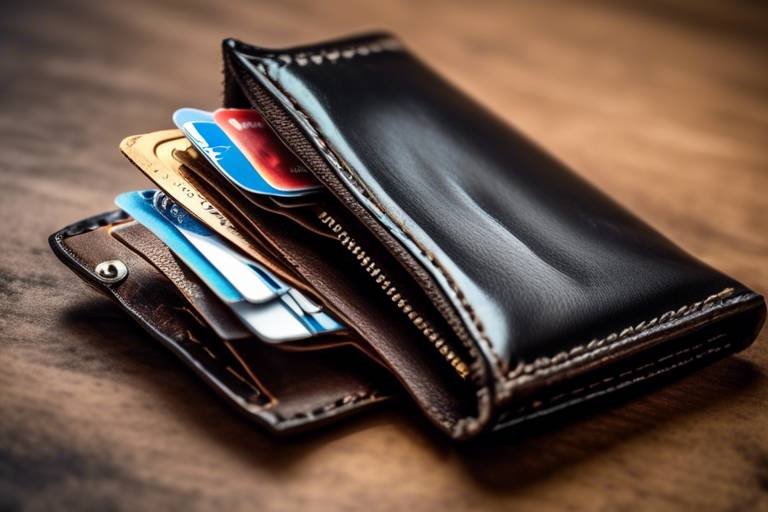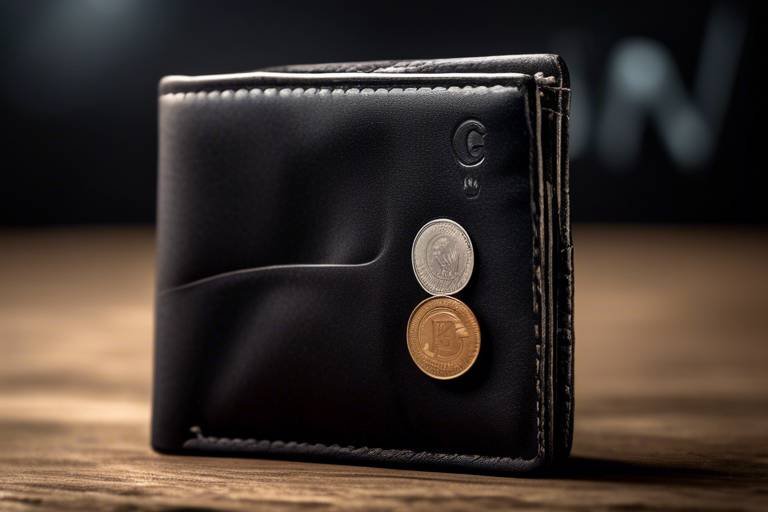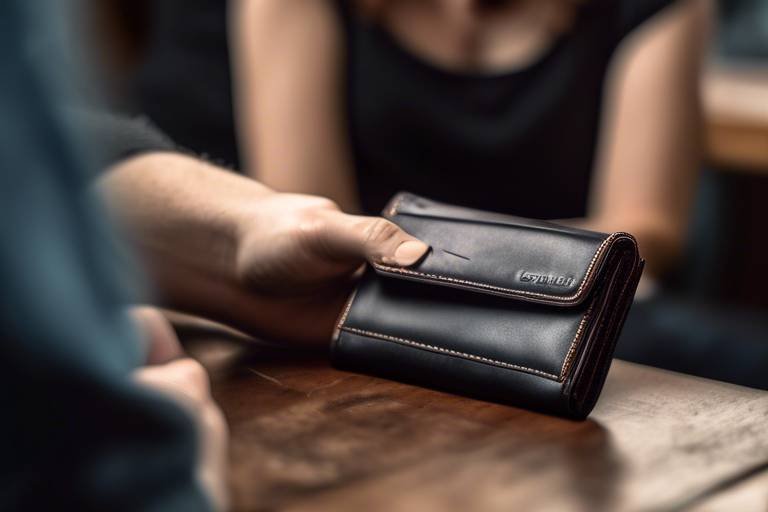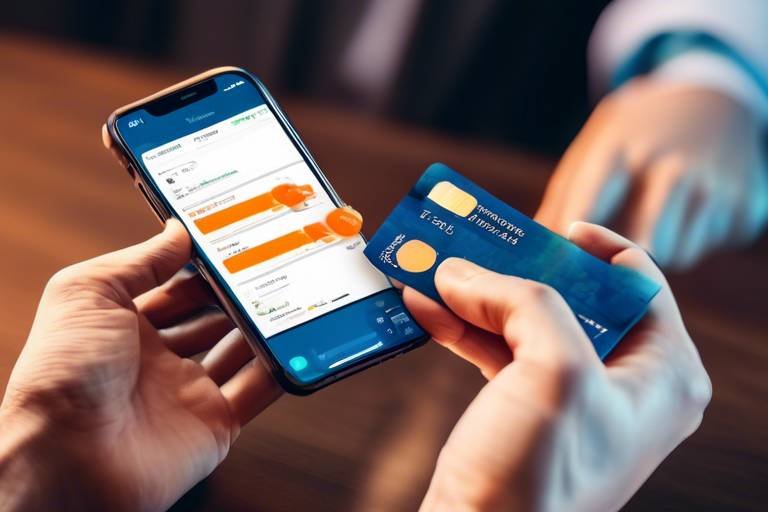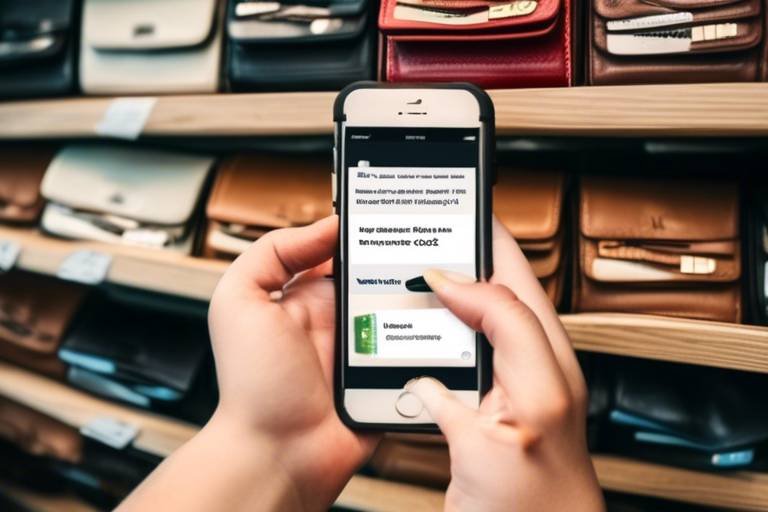Understanding Wallet Security Standards - What to Look For
In today's digital age, where cryptocurrencies are becoming increasingly popular, understanding wallet security standards is more crucial than ever. With the rise of digital assets, the need for secure storage solutions has skyrocketed. Imagine your wallet as a vault; if the vault is weak, your precious assets are at risk. This article aims to guide you through the essential features and standards you should look for when selecting a secure wallet for your digital currencies.
The digital landscape is fraught with risks, and without proper security measures, your assets could be vulnerable to theft and fraud. Have you ever thought about what would happen if your wallet were hacked? The thought alone is enough to send shivers down your spine! That's why understanding the various types of wallets and their security features is paramount. It’s not just about convenience; it’s about protecting what’s yours.
When it comes to wallet security, there are several key aspects to consider. First and foremost, look for wallets that offer robust encryption methods. This is akin to having a high-tech security system in your vault. Additionally, you should prioritize wallets that provide two-factor authentication (2FA), which acts as a second line of defense against unauthorized access. Think of it as needing both a key and a fingerprint to access your secure vault.
Furthermore, you should be aware of the different types of wallets available. Each type comes with its own set of security features and levels of convenience. For instance, hardware wallets are often viewed as the gold standard due to their offline storage capabilities, while software wallets offer ease of use but may come with higher risks. Understanding these differences will empower you to make informed choices and safeguard your digital assets effectively.
In this article, we will explore the importance of wallet security, the types of wallets available, and the key security features you should look for. By the end, you’ll be equipped with the knowledge to choose a wallet that not only meets your needs but also offers peace of mind.
Understanding why wallet security is crucial can help users protect their digital assets from theft and fraud. The digital currency landscape is rife with threats, from phishing attacks to malware designed to exploit vulnerabilities in wallets. The potential risks of insecure wallets are significant, and they can lead to devastating losses. Imagine waking up one day to find that your entire investment has vanished due to a security breach. This nightmare scenario is all too real for many individuals who underestimate the importance of robust security measures.
Implementing strong security protocols not only protects your assets but also enhances your overall confidence in using digital currencies. When you know that your wallet is secure, you can engage in transactions without fear. Moreover, a secure wallet can provide benefits like peace of mind, allowing you to focus on your investments rather than worrying about potential threats.
Different types of wallets offer varying levels of security and convenience. Understanding these categories is essential for making an informed decision when it comes to safeguarding your digital assets. The main types of wallets include:
- Hardware Wallets: Physical devices designed to securely store cryptocurrencies offline.
- Software Wallets: Applications that can be installed on computers or smartphones, offering a convenient way to manage your assets.
- Paper Wallets: A physical printout of your private and public keys, providing a completely offline storage solution.
Each category has its own security features and vulnerabilities, making it crucial to evaluate your needs before choosing a wallet. For instance, hardware wallets are often considered the safest option for long-term storage, while software wallets may be more convenient for daily transactions. Understanding these differences will help you choose the wallet that best suits your lifestyle and security requirements.
Identifying essential security features is vital when selecting a wallet. Here are some critical elements that enhance wallet security:
- Two-Factor Authentication: This adds an extra layer of security to your wallet.
- Backup Options: Reliable backup methods ensure that you can recover your wallet in case of loss or theft.
- Multi-Signature Capabilities: This feature requires multiple signatures to authorize a transaction, enhancing security.
By focusing on these features, you can significantly reduce the risk of losing your digital assets and ensure that your wallet meets the highest security standards.
1. What is the safest type of wallet for cryptocurrencies?
Hardware wallets are generally considered the safest option due to their offline storage capabilities, which protect against online threats.
2. How can I ensure my wallet is secure?
Look for wallets that offer strong encryption, two-factor authentication, and reliable backup options. Always keep your recovery phrases secure.
3. Are software wallets safe to use?
Software wallets can be safe, but they are more vulnerable to hacking. Always choose reputable software wallets and enable security features like 2FA.
4. What should I do if I lose access to my wallet?
If you have a backup and recovery options in place, you should be able to restore access to your wallet using your recovery phrase.
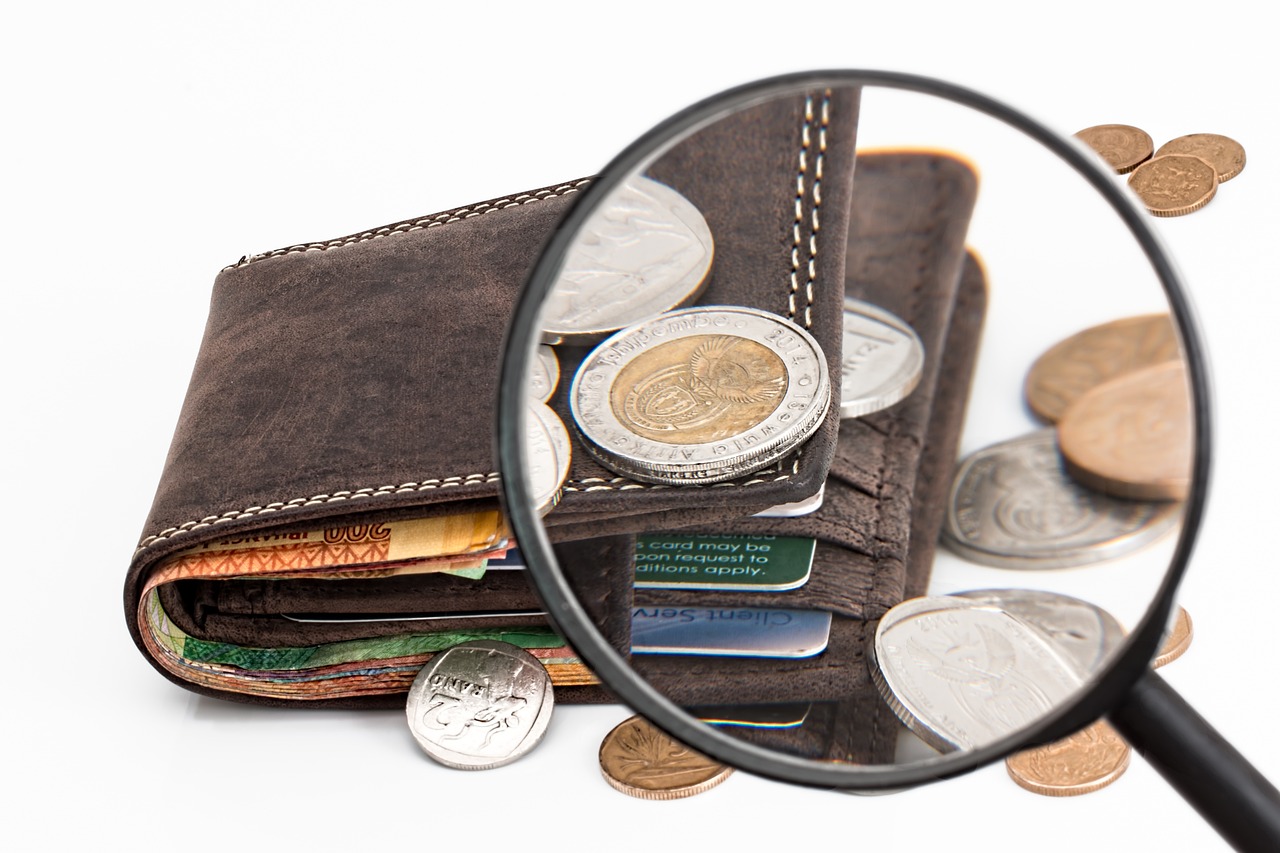
Importance of Wallet Security
In today's digital age, the importance of wallet security cannot be overstated. With the increasing popularity of cryptocurrencies, more and more people are entering the world of digital assets. However, this rise in interest also brings a surge in potential risks. Imagine your wallet as a treasure chest; if it's not locked securely, anyone can access your valuables. A secure wallet acts as a fortress, protecting your hard-earned assets from theft, fraud, and cyber attacks.
The risks associated with insecure wallets are numerous and can lead to devastating financial losses. For instance, hackers are constantly devising new methods to exploit vulnerabilities in wallet security, and a single lapse in protection could result in losing all your funds in an instant. Additionally, phishing scams and malware are rampant, targeting unsuspecting users who may not be aware of the dangers lurking in the digital landscape. It's like walking through a minefield; without proper precautions, one wrong step could lead to disaster.
On the flip side, implementing robust security measures can provide peace of mind and protect your investments. Here are some of the key benefits of prioritizing wallet security:
- Protection from Theft: A secure wallet ensures that your cryptocurrencies are safe from unauthorized access.
- Control Over Your Assets: With a secure wallet, you maintain full control over your private keys, which are essential for accessing your funds.
- Enhanced Privacy: Many secure wallets offer features that enhance your privacy, making it harder for third parties to track your transactions.
Ultimately, understanding the importance of wallet security is about more than just safeguarding your assets; it's about empowering yourself in the digital economy. By taking the necessary steps to secure your wallet, you're not only protecting your investments but also gaining confidence in your ability to navigate the cryptocurrency landscape. So, as you embark on your digital journey, remember that a secure wallet is your best ally in ensuring your financial safety.

Types of Wallets
When it comes to managing your cryptocurrencies, understanding the different is crucial. Each wallet type offers its own unique blend of security and convenience, catering to the diverse needs of users. Broadly, wallets can be categorized into three main types: hardware wallets, software wallets, and paper wallets. Let's dive deeper into each of these categories to help you make an informed choice.
Hardware wallets are physical devices designed to securely store cryptocurrencies offline. Imagine them as a safe that keeps your valuables secure, away from prying eyes and potential online threats. These wallets are often equipped with advanced security features, making them one of the safest options for storing digital assets. Their primary function is to store your private keys securely, ensuring that they are never exposed to the internet. This isolation from online threats is what makes hardware wallets highly recommended for long-term storage of cryptocurrencies.
On the flip side, we have software wallets, which are applications or software programs that allow users to manage their cryptocurrencies conveniently. These wallets can be further divided into two categories: desktop wallets and mobile wallets. Desktop wallets are installed on your computer, while mobile wallets are apps on your smartphone. While software wallets offer easy access and user-friendly interfaces, they come with a catch. Since they are connected to the internet, they are more vulnerable to hacking attempts. This makes it essential to choose reputable software wallets and implement strong security measures.
Lastly, we have paper wallets. As the name suggests, these are simply pieces of paper that contain your public and private keys. Picture it as a handwritten note that holds the key to your treasure chest. While paper wallets can be incredibly secure since they are not connected to the internet, they do come with their own set of challenges. If you lose the paper or it gets damaged, your funds could be permanently inaccessible. Therefore, it’s vital to store paper wallets in a safe place and consider creating multiple copies.
To sum it up, each wallet type has its pros and cons:
| Wallet Type | Security Level | Convenience | Best For |
|---|---|---|---|
| Hardware Wallets | High | Medium | Long-term storage |
| Software Wallets | Medium | High | Daily transactions |
| Paper Wallets | High | Low | Cold storage |
In conclusion, understanding the types of wallets is essential for anyone looking to safeguard their digital assets. Whether you prioritize security, convenience, or a balance of both, there is a wallet type that suits your needs. As you explore your options, remember that the right wallet can significantly enhance your security posture and protect your investments.
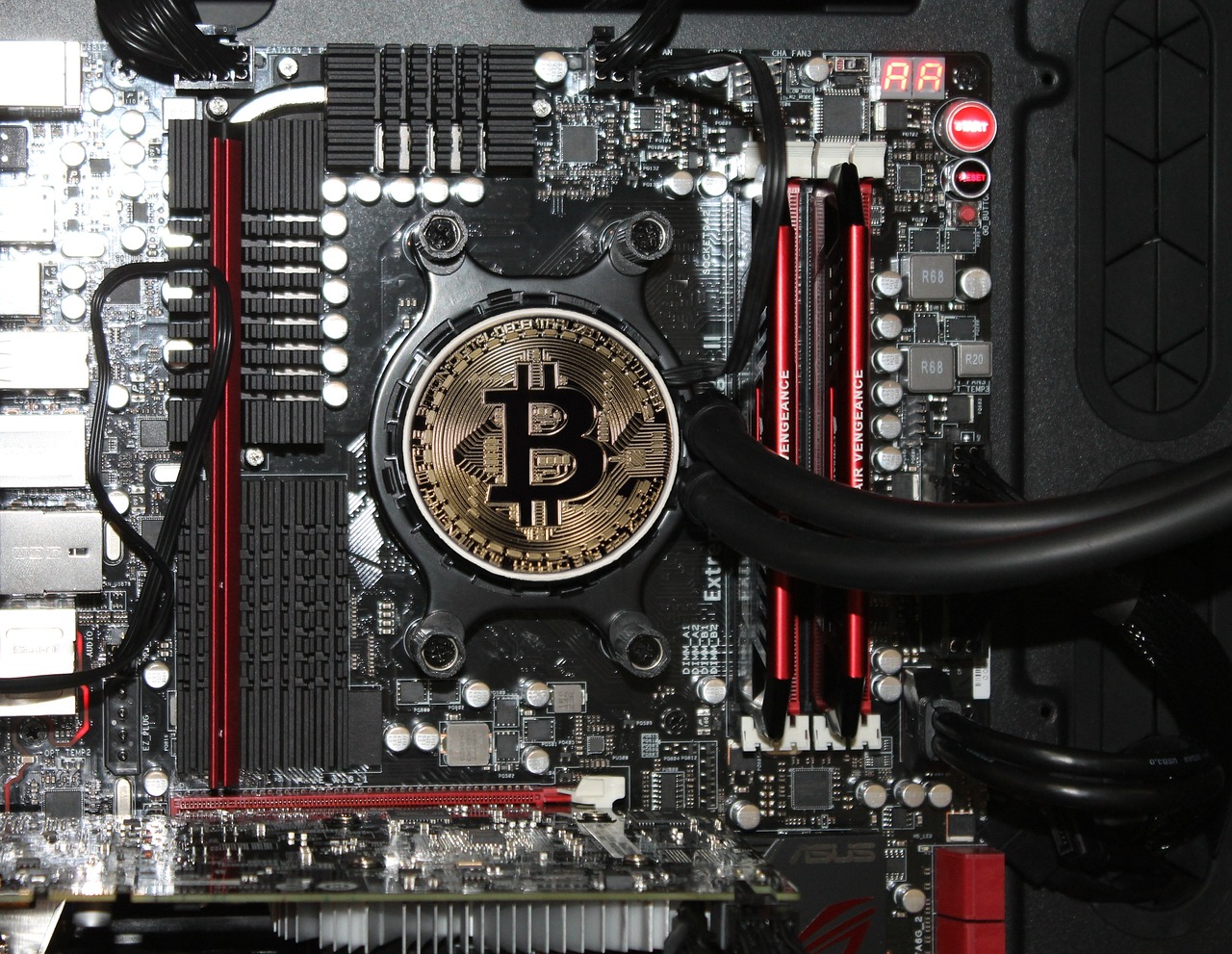
Hardware Wallets
When it comes to safeguarding your digital assets, are often regarded as the gold standard in security. These are not just your ordinary USB drives; they are specialized devices designed to securely store your cryptocurrencies offline, away from the prying eyes of hackers and malicious software. Imagine having a safe deposit box for your digital currency—this is essentially what a hardware wallet provides. By keeping your private keys offline, they significantly reduce the risk of online theft, making them a favored choice among security-conscious users.
So, how do hardware wallets function? At their core, they generate and store your private keys within the device itself. This means that even if your computer is compromised, your keys remain secure. Typically, hardware wallets connect to your computer via USB and require you to physically confirm transactions on the device itself, adding an extra layer of security. It's like needing a physical key to open a vault; without it, no one can access your treasures.
One of the standout features of hardware wallets is their robust security measures. Most models come equipped with advanced encryption protocols, ensuring that even if someone were to get their hands on your device, they would still face significant hurdles in accessing your funds. Additionally, many hardware wallets offer recovery options, allowing users to restore their wallets in case of loss or damage. This is typically done through a recovery seed—a series of words generated during the wallet setup that serves as a backup. Think of it as a secret passphrase that can unlock your vault even if you misplace the key.
There are several popular hardware wallets on the market today, each with unique features that cater to different user needs. For instance, the Trezor series and Ledger wallets are among the most well-known, each offering varying levels of security and user-friendliness. To help you make an informed decision, here’s a quick comparison of some of the leading models:
| Wallet Model | Price | Security Features | User Reviews |
|---|---|---|---|
| Trezor Model T | $219 | Touchscreen, 2FA, Recovery Seed | Highly Rated |
| Ledger Nano X | $149 | Bluetooth, Secure Element, 2FA | Very Positive |
| Ledger Nano S | $59 | Secure Element, Recovery Seed | Good |
Choosing the right hardware wallet ultimately depends on your individual needs and preferences. Whether you prioritize advanced features like Bluetooth connectivity or simply want a reliable device to keep your assets safe, there’s a hardware wallet out there for you. Just remember, investing in a hardware wallet is like investing in a high-quality safe for your home; it’s a small price to pay for the peace of mind that comes with knowing your digital wealth is secure.
In conclusion, hardware wallets are a crucial tool in the arsenal of anyone serious about protecting their cryptocurrency investments. With their offline storage capabilities, advanced security features, and user-friendly designs, they provide a level of protection that is hard to match. If you’re looking to take your digital asset security to the next level, a hardware wallet might just be the solution you’ve been searching for.
- Are hardware wallets completely safe? While no system is foolproof, hardware wallets are among the safest options available due to their offline storage and robust security features.
- Can I use a hardware wallet with multiple cryptocurrencies? Yes, most hardware wallets support a wide range of cryptocurrencies, allowing you to manage multiple assets in one device.
- What happens if I lose my hardware wallet? If you have securely backed up your recovery seed, you can restore your wallet on a new device.
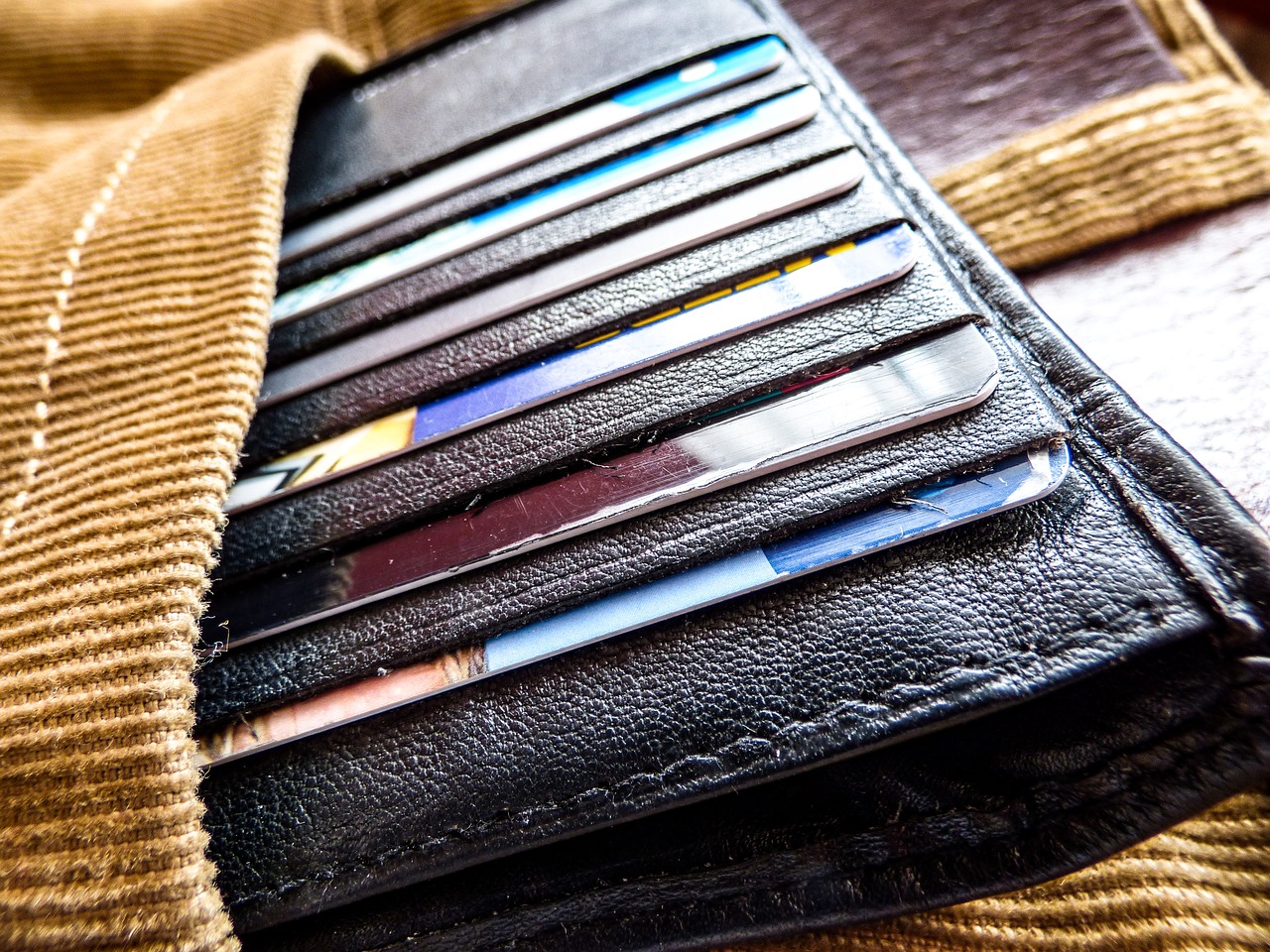
Security Features of Hardware Wallets
When it comes to safeguarding your digital assets, hardware wallets stand out as a fortress against potential threats. These devices are designed with a myriad of security features that ensure your cryptocurrencies remain safe from prying eyes and malicious attacks. One of the primary security features is encryption. This means that your private keys are stored in an encrypted format, making it nearly impossible for hackers to access them, even if they physically possess the device.
Another critical feature is private key storage. Unlike software wallets that store keys on your computer or online, hardware wallets keep them offline. This significantly reduces the risk of online attacks, as the keys are never exposed to the internet. Imagine your keys locked away in a safe, only accessible by you. This physical separation from the internet is a game changer in the world of cryptocurrency security.
Furthermore, many hardware wallets come equipped with recovery options. In the unfortunate event that your device is lost or damaged, these wallets typically provide a recovery seed—a series of words that can be used to restore your wallet. This feature acts as a safety net, ensuring that even if disaster strikes, your assets can be recovered. It’s akin to having a spare key for your house; while you hope you never need it, it’s comforting to know it’s there.
Additionally, some hardware wallets offer multi-signature capabilities. This means that transactions require multiple approvals before they can be executed, adding an extra layer of security. It’s like needing several keys to open a vault—this feature is particularly useful for businesses or individuals managing larger amounts of cryptocurrency.
To summarize, the key security features of hardware wallets include:
- Encryption: Protects private keys from unauthorized access.
- Private Key Storage: Keeps keys offline, away from online threats.
- Recovery Options: Allows for wallet restoration in case of loss.
- Multi-Signature Capabilities: Requires multiple approvals for transactions.
These features collectively make hardware wallets one of the safest options for storing digital assets. When choosing a hardware wallet, it’s essential to consider these security measures to ensure that your investments are well protected. After all, in the world of cryptocurrency, security isn't just an option; it’s a necessity.
Q: Are hardware wallets completely secure?
A: While hardware wallets are among the most secure options for storing cryptocurrencies, no system is infallible. It's crucial to keep your device updated and follow best practices for security.
Q: Can I recover my funds if I lose my hardware wallet?
A: Yes, if you have securely stored your recovery seed, you can restore your wallet and access your funds even if the device is lost or damaged.
Q: How do I choose the right hardware wallet?
A: Look for wallets with strong security features, positive user reviews, and a reputable company behind them. Consider your specific needs, such as the types of cryptocurrencies you wish to store.

Popular Hardware Wallets
When it comes to securing your digital assets, hardware wallets stand out as one of the most reliable options available. With numerous choices on the market, it can be overwhelming to decide which hardware wallet best suits your needs. Let's dive into some of the most popular hardware wallets that have garnered attention for their security features and user-friendliness.
One of the most renowned hardware wallets is the Trezor Model T. This wallet is known for its intuitive touchscreen interface and supports a wide range of cryptocurrencies. The Trezor Model T not only provides top-notch security through its encrypted private keys but also features a recovery seed option, allowing users to restore their assets in case of device loss. Additionally, the Trezor wallet is open-source, which means its code is available for scrutiny, adding an extra layer of trust.
Another heavyweight in the hardware wallet arena is the Ledger Nano X. This sleek device combines portability with robust security features. It supports over 1,800 cryptocurrencies and utilizes a secure chip (CC EAL5+) to protect your assets. The Ledger Nano X also offers Bluetooth connectivity, making it convenient to manage your assets on the go via mobile devices. Users appreciate its user-friendly interface and the Ledger Live app, which simplifies the management of various cryptocurrencies.
For those who prefer a more budget-friendly option, the Ledger Nano S is an excellent choice. While it may not have all the bells and whistles of the Nano X, it still offers essential security features, including secure chip technology and the ability to store multiple cryptocurrencies. It’s a compact device that provides peace of mind without breaking the bank, making it a popular choice for newcomers to the crypto space.
Lastly, let’s not forget the KeepKey. This wallet is known for its sleek design and simplicity. While it supports fewer cryptocurrencies compared to Trezor and Ledger, it still provides solid security features, including a recovery seed and PIN protection. The KeepKey is particularly appealing to those who value a minimalist approach and want a straightforward way to manage their digital assets.
Here’s a quick comparison of these popular hardware wallets:
| Wallet | Supported Cryptocurrencies | Key Features | Price Range |
|---|---|---|---|
| Trezor Model T | Over 1,600 | Touchscreen, Open-source, Recovery Seed | $219 |
| Ledger Nano X | Over 1,800 | Bluetooth, Secure Chip, Ledger Live | $149 |
| Ledger Nano S | Over 1,500 | Secure Chip, Affordable | $59 |
| KeepKey | Over 40 | Simple Interface, Recovery Seed | $49 |
In summary, choosing the right hardware wallet depends on your specific needs, whether it's the range of supported cryptocurrencies, ease of use, or price. Each of these wallets has unique features that cater to different types of users, so take your time to research and pick one that aligns with your security requirements and investment strategy.
1. What is a hardware wallet?
A hardware wallet is a physical device that securely stores your cryptocurrency private keys offline, providing a high level of security against online threats.
2. How do I set up a hardware wallet?
Setting up a hardware wallet typically involves connecting it to your computer or mobile device, installing the necessary software, and following the on-screen instructions to create a wallet and backup your recovery phrase.
3. Are hardware wallets safe?
Yes, hardware wallets are considered one of the safest options for storing cryptocurrencies due to their offline storage and robust security features, such as encryption and recovery options.
4. Can I use multiple hardware wallets?
Absolutely! Many users choose to use multiple hardware wallets for different purposes, such as separating their long-term investments from their trading assets.
5. What should I do if I lose my hardware wallet?
If you lose your hardware wallet, you can recover your assets using the recovery seed phrase you generated during setup. It’s crucial to keep this phrase secure and private.
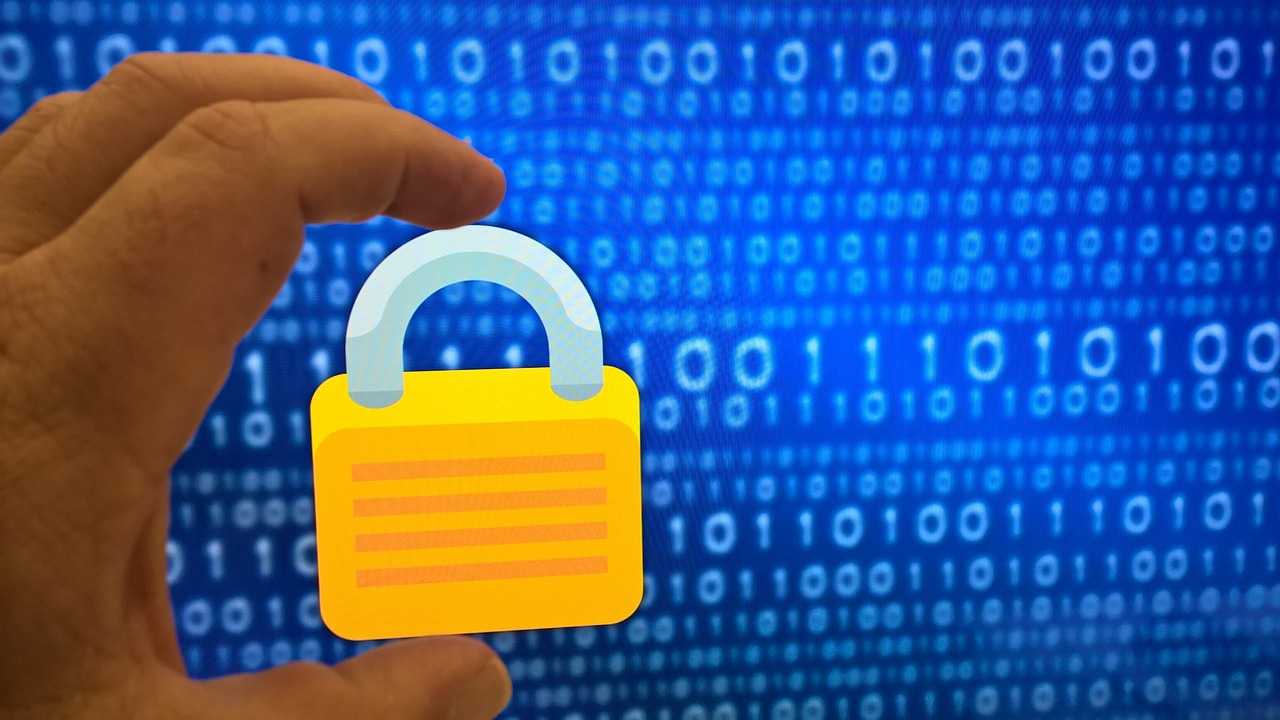
Software Wallets
Software wallets are an increasingly popular choice for cryptocurrency enthusiasts, offering a blend of convenience and accessibility that hardware wallets often lack. Imagine having your digital assets at your fingertips, ready to be sent or received with just a few clicks! However, this convenience comes with its own set of risks that users must be aware of. Software wallets can be categorized into two main types: desktop wallets and mobile wallets. Each type serves a different purpose and comes with its own advantages and disadvantages.
Desktop wallets are installed directly onto your computer, providing a more secure environment than online wallets, but they still expose you to potential malware and hacking risks. On the other hand, mobile wallets are designed for smartphones, making it easy to conduct transactions on the go. While they are incredibly user-friendly, they can also be vulnerable to theft if your phone is lost or hacked. It's like carrying a wallet full of cash in your pocket; it's convenient, but you need to be cautious about where you take it!
When choosing a software wallet, there are several key factors to consider. First and foremost is the security features offered by the wallet. Look for wallets that provide robust encryption, as well as options for two-factor authentication (2FA). This adds an extra layer of protection, making it much harder for unauthorized users to gain access to your funds. Additionally, consider how often the wallet is updated. A wallet that receives regular updates is more likely to have the latest security patches, reducing the risk of vulnerabilities.
Another important aspect is the user interface. A wallet that is easy to navigate can make your experience much more enjoyable, especially if you are new to the world of cryptocurrencies. You want to feel confident when sending or receiving coins, and a clean, intuitive interface can help with that. Moreover, check for customer support options. In case you encounter any issues, having access to responsive support can save you a lot of headaches.
To summarize, while software wallets offer great convenience and ease of use, they also come with inherent risks. It's essential to weigh these risks against the benefits and choose a wallet that meets your security needs. Remember, the world of cryptocurrency can be unpredictable, and safeguarding your digital assets should always be a top priority!
- Are software wallets safe to use? While software wallets are generally safe, they are more vulnerable to hacking compared to hardware wallets. It's important to choose a wallet with strong security features.
- Can I recover my funds if I lose access to my software wallet? Most software wallets offer backup and recovery options. Ensure you securely store your recovery phrases to regain access if needed.
- What is the best software wallet for beginners? There are several user-friendly options available, such as Exodus and Atomic Wallet, which are great for beginners due to their intuitive interfaces.
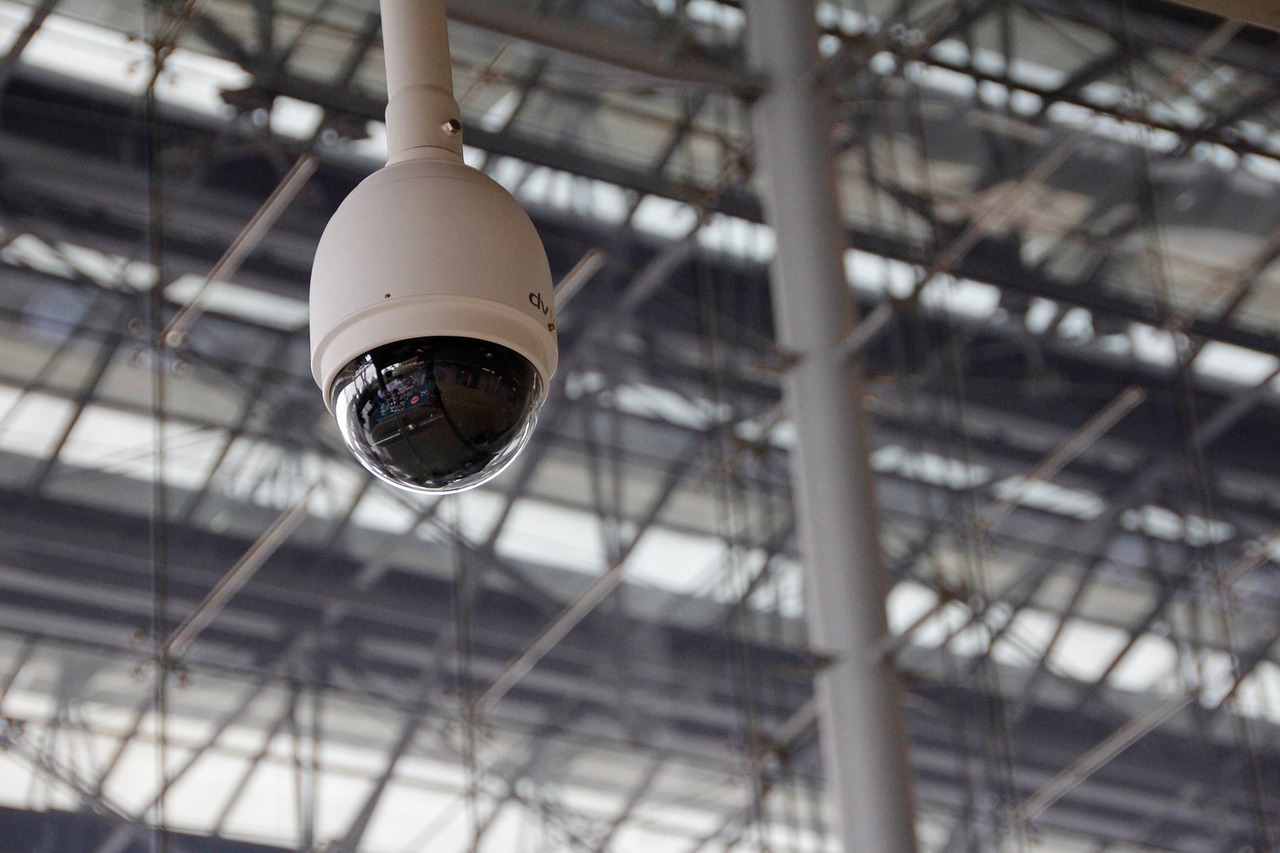
Key Security Features to Look For
When it comes to selecting a wallet for your digital assets, security should be at the forefront of your decision-making process. In a world where cyber threats are lurking around every corner, you need to ensure that your wallet has the right features to keep your cryptocurrencies safe. Think of it like choosing a bank for your money; not all banks offer the same level of security, and the same goes for wallets. So, what key security features should you be on the lookout for?
First and foremost, two-factor authentication (2FA) is a must-have. This feature adds an extra layer of security by requiring not only your password but also a second piece of information to access your wallet. This could be a code sent to your mobile device or generated by an authentication app. Imagine someone trying to break into your house; if you have two locks on your door instead of one, it becomes much harder for them to get in. That's the essence of 2FA—it makes unauthorized access significantly more difficult.
Next up is backup and recovery options. No one wants to think about losing access to their wallet, but it can happen. Whether it’s due to hardware failure, loss of a device, or even forgetting your password, having a reliable backup can save your assets. Most wallets offer a recovery phrase—usually a series of words that you must write down and store securely. This phrase acts like a secret key to your digital vault. If you lose your main access, you can use this phrase to regain control. It’s like having a spare key for your house; you need to know where it is and keep it safe.
Another important feature to consider is multi-signature capabilities. This feature requires multiple signatures or approvals before a transaction can be completed. It’s similar to a joint bank account where both parties need to agree before any money can be withdrawn. This not only secures your wallet but also adds an extra layer of oversight, making it much harder for unauthorized transactions to occur.
In addition to these features, look for wallets that offer encryption for your private keys. Encryption is the process of converting your information into a code to prevent unauthorized access. If someone were to somehow gain access to your wallet, encryption ensures that they wouldn’t be able to read your private keys without the proper decryption method. Think of it as a safe deposit box at a bank; even if someone gets into the vault, they can't access your valuables without the right key.
Lastly, consider the wallet’s user interface and customer support. A wallet that is easy to navigate and provides excellent customer support can make a significant difference, especially if you run into issues. After all, you wouldn’t want to be left in the dark if something goes wrong. Look for wallets that offer comprehensive guides, FAQs, and responsive customer service to help you through any challenges you might face.
In summary, when choosing a wallet, keep an eye out for these key security features: two-factor authentication, robust backup and recovery options, multi-signature capabilities, encryption, and reliable customer support. By prioritizing these elements, you can significantly enhance the security of your digital assets and enjoy peace of mind.
- What is two-factor authentication, and why is it important? Two-factor authentication adds an extra layer of security by requiring a second form of verification in addition to your password, making unauthorized access much harder.
- How do I back up my wallet? Most wallets provide a recovery phrase that you should write down and store securely. This phrase allows you to regain access to your wallet if you lose your device or forget your password.
- What is a multi-signature wallet? A multi-signature wallet requires multiple approvals before a transaction can be completed, adding an extra layer of security and oversight.
- How can I ensure my private keys are secure? Use wallets that offer encryption for your private keys and store your recovery phrases in a safe place.
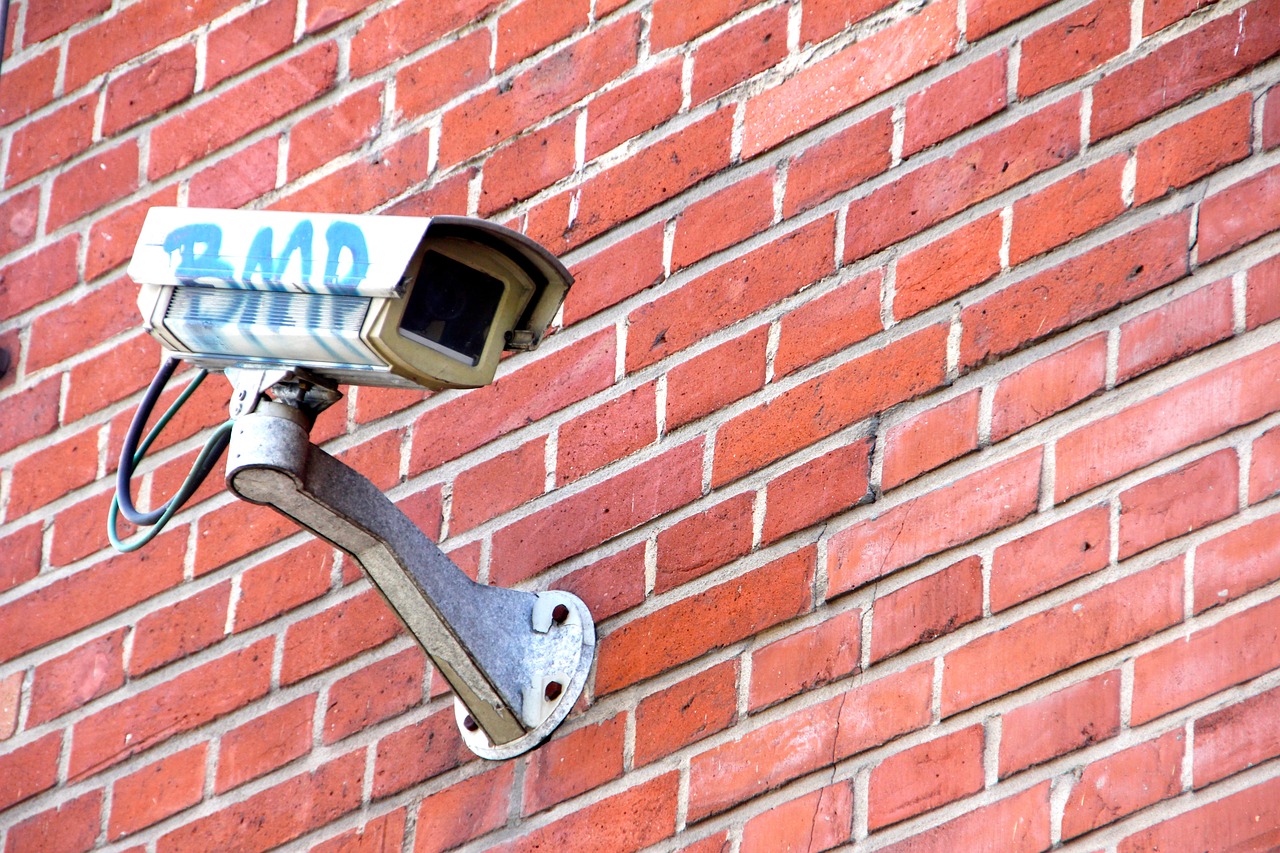
Two-Factor Authentication
Two-Factor Authentication (2FA) is a security measure that adds an essential layer of protection to your digital wallet. Think of it as a double lock on your front door; while a single key can be stolen or copied, having two keys makes it significantly harder for intruders to gain access. In the world of cryptocurrency, where the stakes are high and the risks of theft are ever-present, 2FA is a game changer. It typically requires not just your password but also a second form of identification, which could be a code sent to your mobile device or an authentication app. This means that even if someone manages to get hold of your password, they still won’t be able to access your wallet without that second factor.
When you enable 2FA on your wallet, you’re actively taking steps to safeguard your digital assets. Here’s how it works in a nutshell:
- First, you log in with your username and password.
- Next, the wallet prompts you for a second form of verification.
- This verification can come from a text message, email, or an authentication app like Google Authenticator or Authy.
- Once you enter the correct code, you gain access to your wallet.
Now, you might be wondering, "Is 2FA foolproof?" While it significantly enhances security, it’s not entirely impervious to attacks. For instance, phishing scams can trick users into revealing their 2FA codes. Therefore, it’s crucial to stay vigilant and ensure that you’re using reputable wallet services that prioritize security.
Moreover, some wallets offer different types of 2FA methods. Here are a few common options:
| Method | Description |
|---|---|
| SMS Verification | A one-time code sent to your mobile phone via text message. |
| Email Verification | A code sent to your registered email address. |
| Authentication Apps | Apps like Google Authenticator generate time-sensitive codes for login. |
| Hardware Tokens | Physical devices that generate a code for secure access. |
Choosing the right method of 2FA can depend on your personal preferences and the level of security you desire. Generally, authentication apps or hardware tokens are considered more secure than SMS or email, as they are less susceptible to interception.
In conclusion, enabling is a crucial step in fortifying your wallet’s security. It’s like having an extra pair of eyes watching over your digital assets, ensuring that only you have access to them. So, if you haven’t done so already, take a moment to enable 2FA on your wallet today. Your future self will thank you!
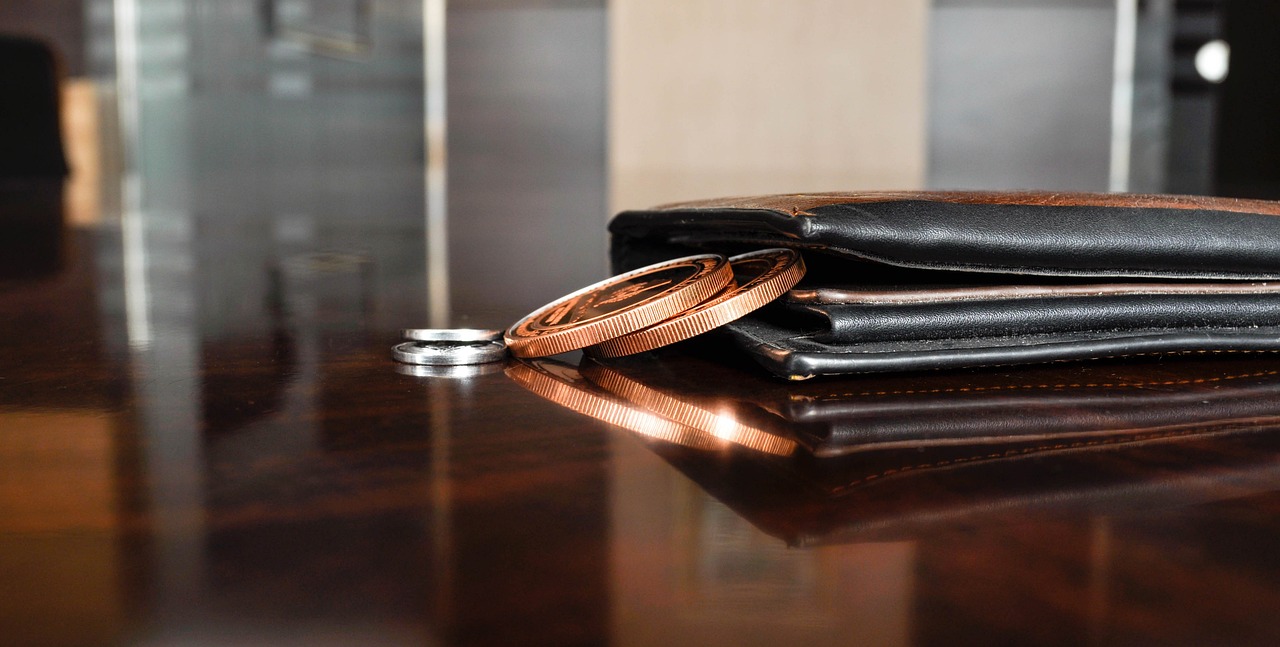
Backup and Recovery Options
When it comes to securing your digital assets, having reliable is not just a luxury—it's a necessity. Imagine waking up one day to find that your wallet has been compromised or, worse yet, that you've lost access to it entirely due to a forgotten password or device failure. The thought alone can be terrifying! This is why understanding how to effectively back up your wallet and what recovery methods are available is crucial for anyone involved in cryptocurrencies.
There are several methods you can use to ensure that your wallet is backed up properly. One of the most common methods is to generate a recovery phrase, often referred to as a seed phrase. This is typically a series of 12 to 24 words that you must write down and keep in a secure location. It's like having a secret key to your treasure chest—if someone else gets their hands on it, they can access your funds. Therefore, never store this phrase digitally, as it could be exposed to hacking attempts.
Another effective backup method involves creating encrypted copies of your wallet files. Many software wallets allow you to export your wallet data, which can then be stored on a USB drive or external hard drive. Just remember, if you choose this route, ensure that the storage device is encrypted and kept in a safe place. It's the digital equivalent of hiding your valuables in a safe; if someone finds it, they won’t be able to access it without the right combination.
In addition to these methods, some wallets offer the option to back up your wallet directly to cloud storage. While this might seem convenient, it also introduces potential vulnerabilities. If you opt for cloud storage, make sure to use a reputable service that offers strong encryption and two-factor authentication to add an extra layer of security.
Regardless of the method you choose, it's essential to regularly review and update your backup strategy. Just like you wouldn't rely on the same fire extinguisher for years without checking if it's still functional, your backup plans should be regularly tested and updated. Make it a habit to check your backups every few months to ensure they are still accessible and secure.
In summary, the importance of having robust backup and recovery options cannot be overstated. Whether it's through a recovery phrase, encrypted files, or cloud storage, ensuring that your wallet is backed up protects you from the unforeseen circumstances that can lead to the loss of your digital assets. Always remember: in the world of cryptocurrencies, being proactive about security is the best way to safeguard your investments.
- What is a recovery phrase? A recovery phrase is a series of words that can be used to restore your wallet if you lose access to it.
- How often should I back up my wallet? It's recommended to back up your wallet whenever you make significant changes, like receiving or sending funds, and to check your backup every few months.
- Is cloud storage safe for wallet backups? While convenient, cloud storage can be risky. Always use strong encryption and two-factor authentication if you choose this method.
- What should I do if I lose my recovery phrase? Unfortunately, if you lose your recovery phrase and don’t have another backup, you may lose access to your wallet permanently.
Frequently Asked Questions
- What is a cryptocurrency wallet?
A cryptocurrency wallet is a digital tool that allows you to store, send, and receive cryptocurrencies. Think of it as your online bank account, but instead of dollars, it holds digital currencies like Bitcoin or Ethereum. Wallets can be hardware-based (physical devices) or software-based (applications on your computer or phone).
- Why is wallet security important?
Wallet security is crucial because it protects your digital assets from theft and fraud. Just like you wouldn't leave your cash lying around, you need to safeguard your cryptocurrencies. Insecure wallets can be vulnerable to hacks, which can lead to losing your funds. The right security measures can help you sleep better at night knowing your investments are safe.
- What are hardware wallets?
Hardware wallets are physical devices designed to securely store cryptocurrencies offline. They are often considered the safest option for storing digital assets because they keep your private keys away from the internet, making it nearly impossible for hackers to access them. It's like having a safe deposit box for your crypto!
- What security features should I look for in a wallet?
When choosing a wallet, look for features like two-factor authentication (2FA), backup options, and multi-signature capabilities. These features add layers of protection to your wallet, making it harder for unauthorized users to access your funds. It's like having multiple locks on your front door!
- How does two-factor authentication (2FA) work?
Two-factor authentication (2FA) adds an extra layer of security by requiring not just a password but also a second form of verification, like a code sent to your phone. This means even if someone gets your password, they still can't access your wallet without that second factor. It's a simple yet effective way to keep your assets secure.
- What are backup and recovery options for wallets?
Backup and recovery options are essential for wallet security. Most wallets provide a recovery phrase or seed phrase that you can use to restore your wallet if you lose access. It's crucial to store this phrase securely, as anyone with access to it can control your funds. Think of it as the master key to your wallet!
- Are software wallets safe?
Software wallets can be convenient but come with varying levels of security. While they are generally easier to use, they are also more susceptible to online threats compared to hardware wallets. If you choose a software wallet, ensure it has strong security features and consider using it for smaller amounts of cryptocurrency.
- What are some popular hardware wallets?
Some popular hardware wallets include Ledger Nano S, Trezor Model T, and KeepKey. Each of these wallets has unique features, pricing, and user reviews that can help you make an informed decision. It's essential to research and choose one that fits your needs and budget!

